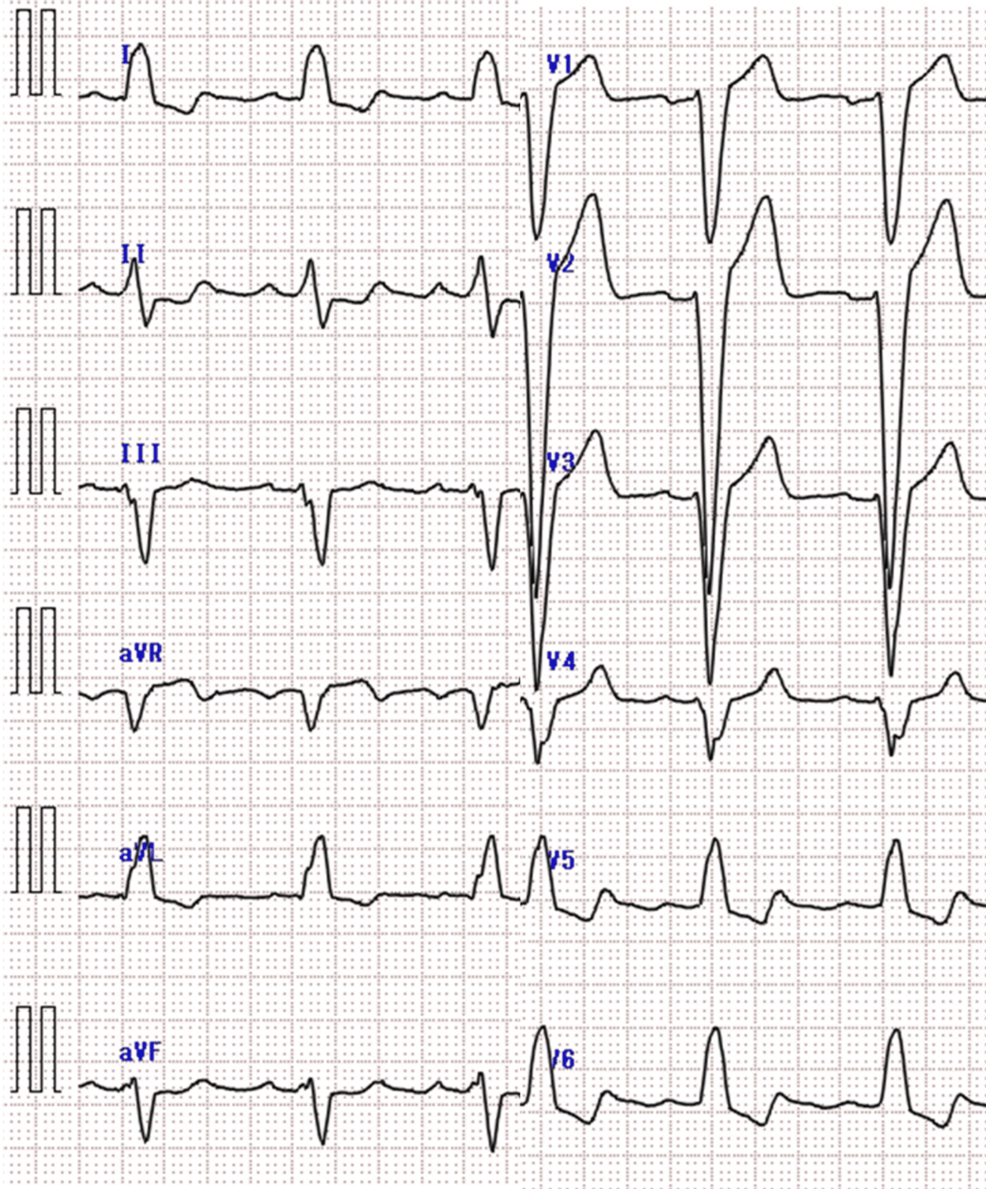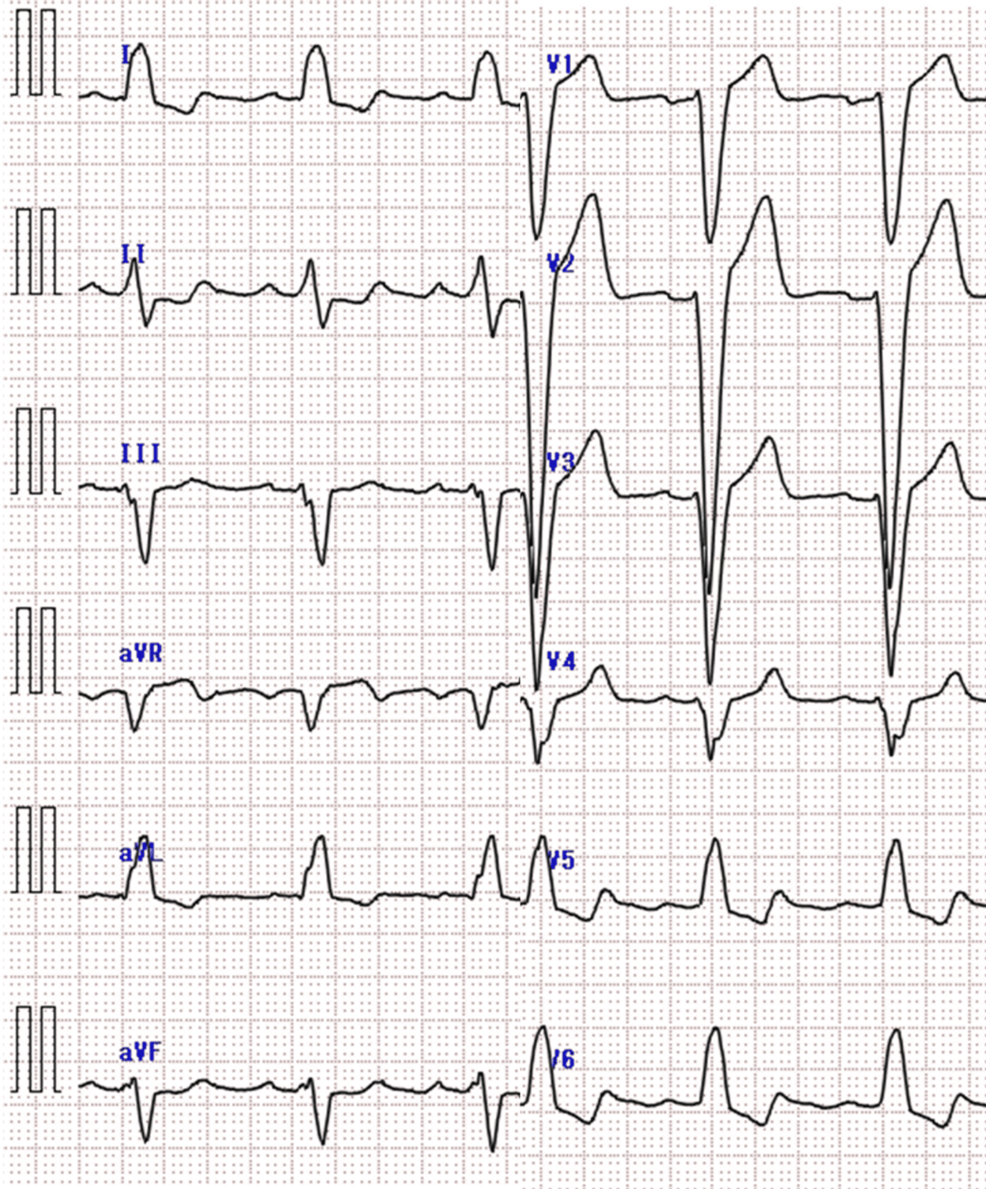- An exoplanet, how ant colonies deal with disease and a volcanoes-Black Death link NPR
- Climate-driven changes in Mediterranean grain trade mitigated famine but introduced the Black Death to medieval Europe | Communications Earth & Environment
Category: 6. Health
-

An exoplanet, how ant colonies deal with disease and a volcanoes-Black Death link – NPR
-

Measles outbreaks spread in US
Hundreds of people in the US state of South Carolina have been quarantined over a measles outbreak.
The vaccine-preventable virus has been considered eliminated in the US since 2000, but the country is now at risk of losing that status. Outbreaks…
Continue Reading
-

Rift Valley fever in Mauritania
In Mauritania this year, a total of 286 (53 confirmed; 233 suspected) and 15 deaths (CFR: 5.24%) of Rift Valley Fever (RVF) have been reported from 14 of 15 regions in Mauritania, according to data published by the Africa CDC published December…
Continue Reading
-

Super flu’ wave hits hospitals in England with no peak yet
Nick TriggleHealth correspondent
 Getty Images
Getty ImagesThe number of patients in hospital in England with influenza has risen by more than 50% in the past week, with NHS bosses warning there is no sign of “super flu” peaking yet.
In the week up to Sunday…
Continue Reading
-
GLP-1 Drugs Linked to Lower Epilepsy Risk in Diabetes Patients – MedPage Today
- GLP-1 Drugs Linked to Lower Epilepsy Risk in Diabetes Patients MedPage Today
- Semaglutide Tied to 50% Lower Risk for Epilepsy in Diabetes Medscape
- Ozempic Shows a Possible Hidden Effect on Epilepsy Risk SciTechDaily
- Glucose-lowering drugs may…
Continue Reading
-
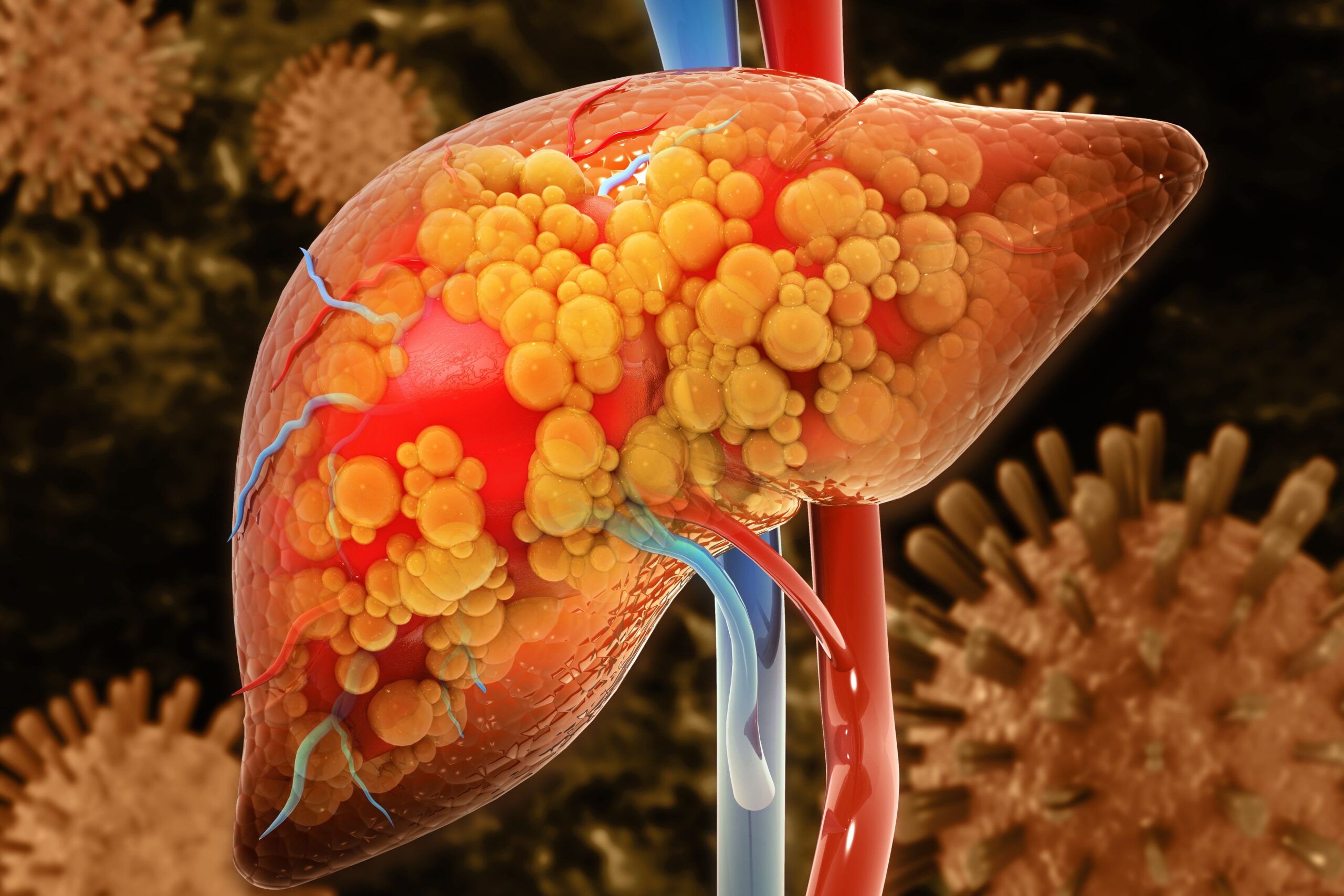
Evaluation of Albumin Platelet Product for Fibrosis Detection in MASLD
A retrospective cohort study of 570 patients with either metabolic dysfunction-associated steatotic liver disease (MASLD) or
metabolic dysfunction-associated steatohepatitis (MASH) has found that a novel blood-based biomarker, albumin platelet…Continue Reading
-
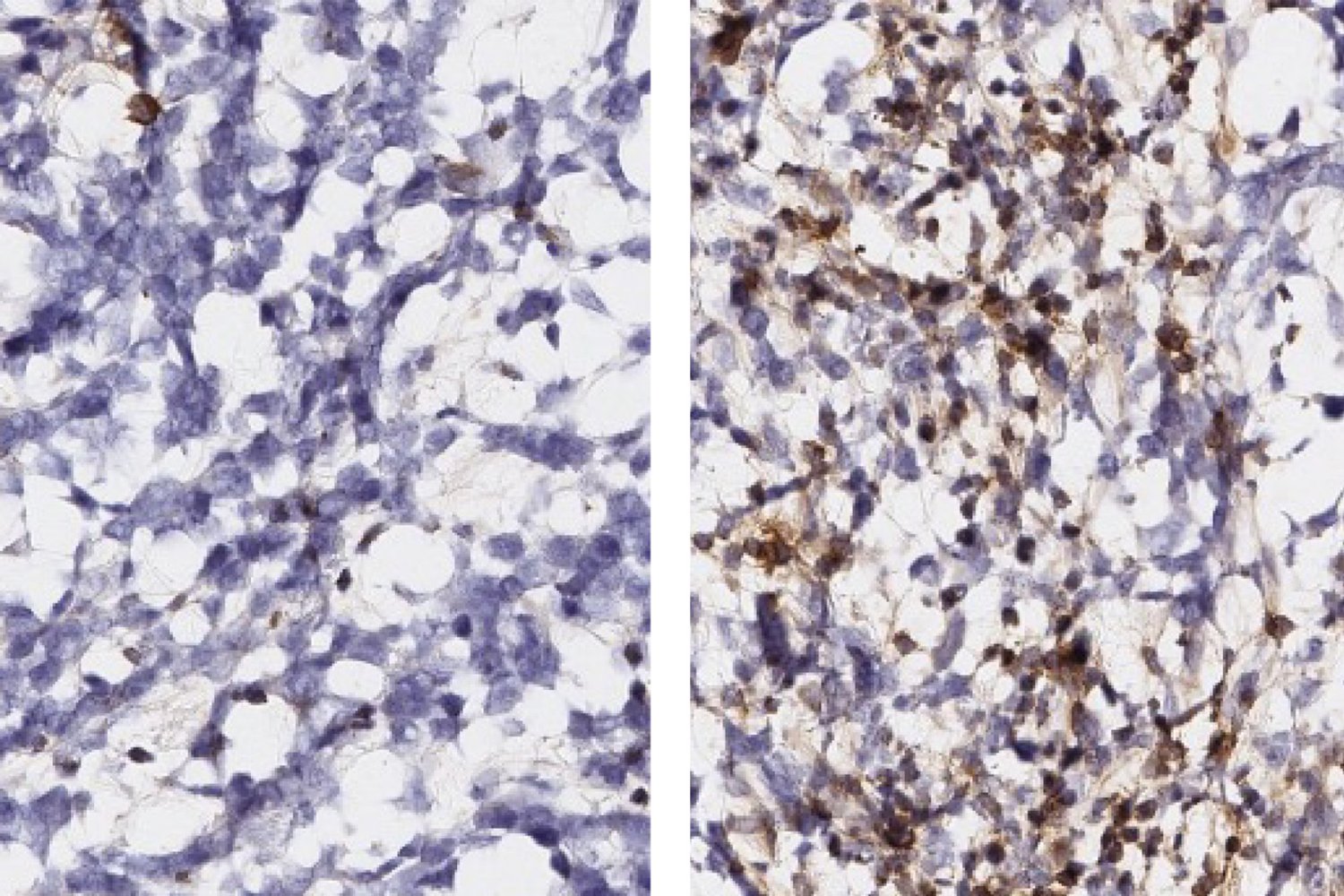
MIT researchers find new immunotherapeutic targets for glioblastoma | MIT News
Glioblastoma is the most common form of brain cancer in adults, and its consequences are usually quick and fatal. After receiving standard-of-care treatment (surgery followed by radiation and chemotherapy), fewer than…
Continue Reading
-
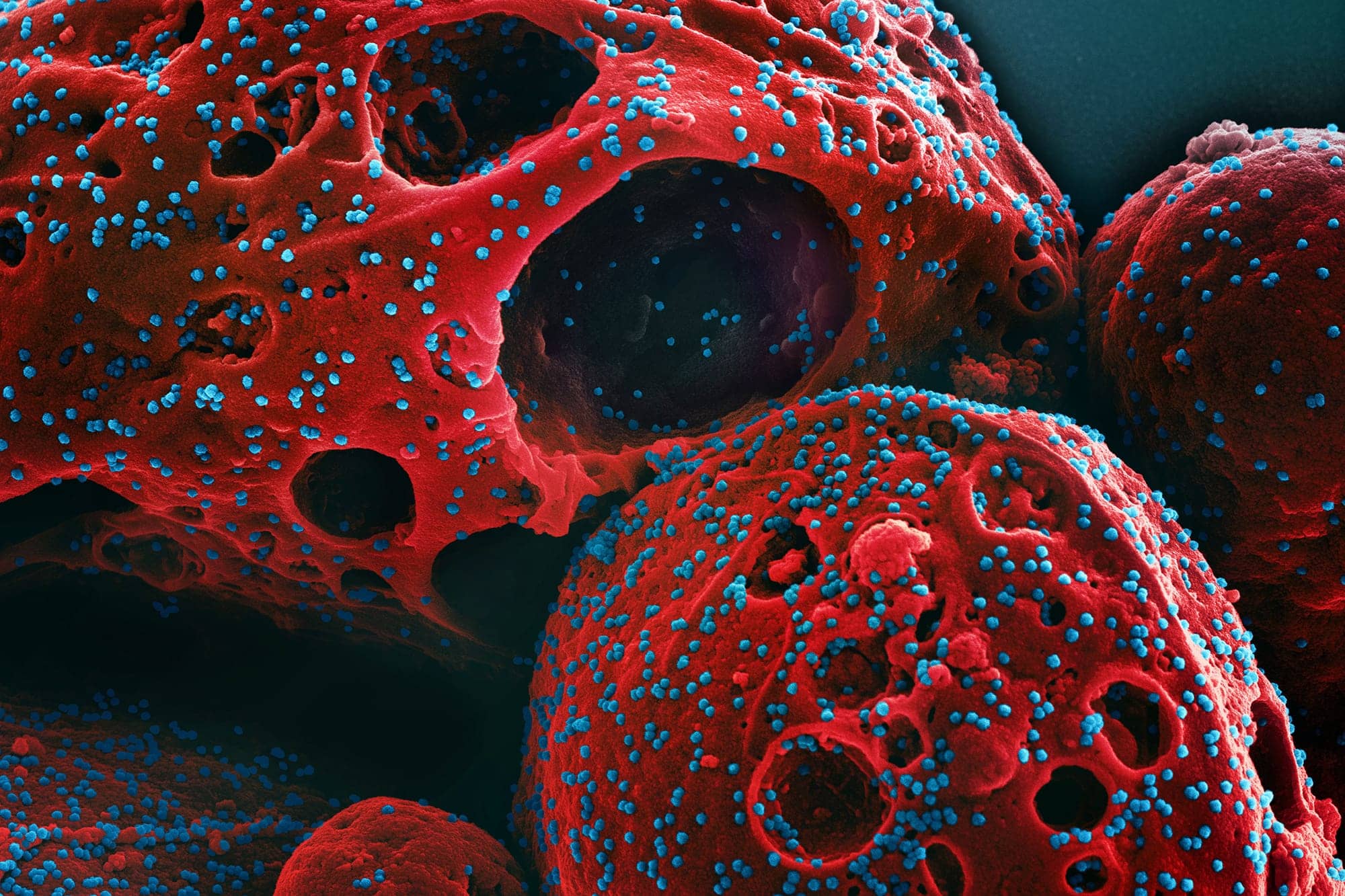
Co-Infections May Fuel Long COVID
Latent or concurrent infections—especially Epstein-Barr virus and tuberculosis—may drive persistent symptoms in a subset of long COVID patients.
RT’s Three Key Takeaways:
- Co-Infection Hypothesis – A major expert…
Continue Reading
